Lindsay Oxford / December 3, 2019
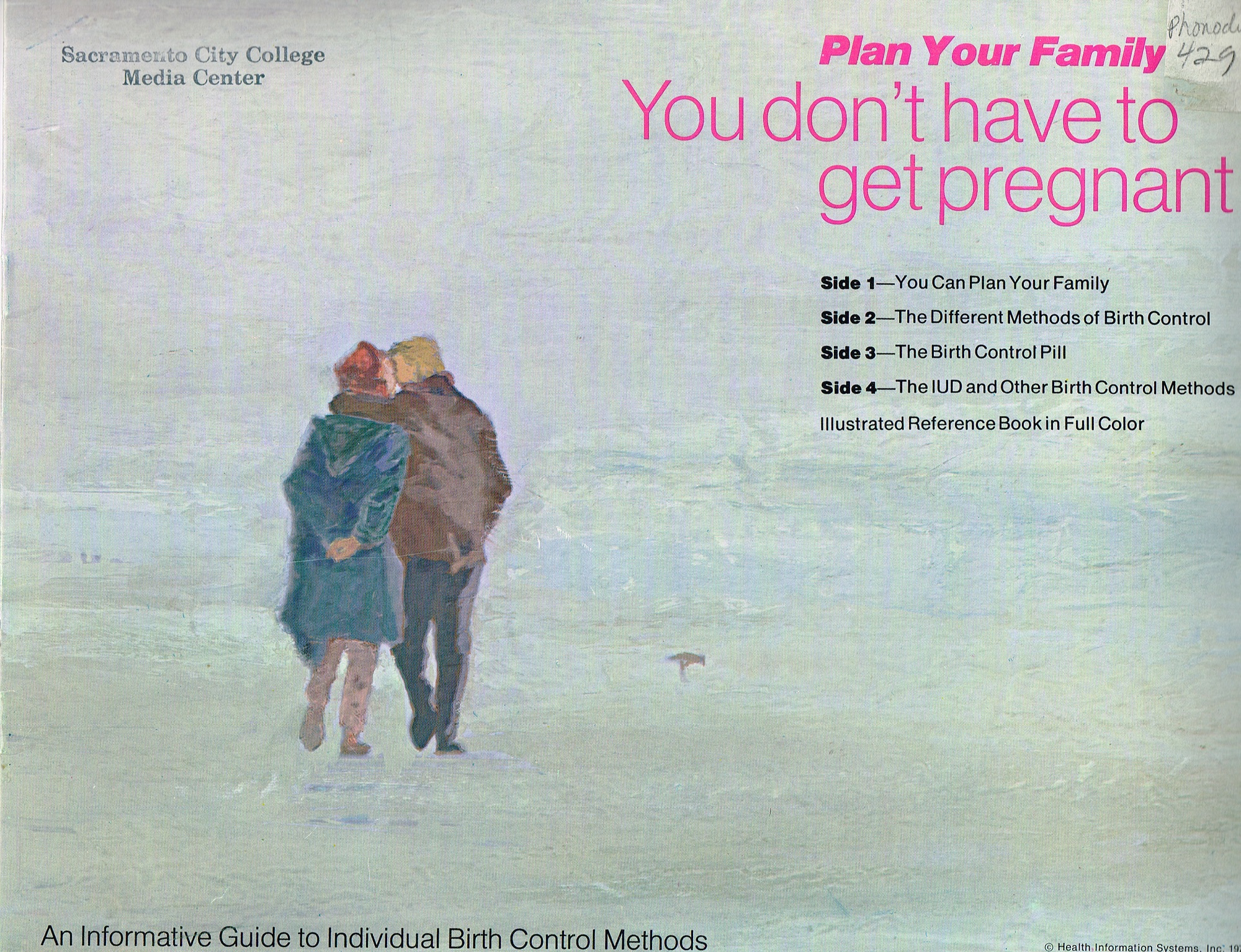 In the early 1970s, scores of liberated, fertile women were eager to join the sexual revolution. Along with the diaphragm and IUD, the recently available birth control pill gave women the autonomy to decide when and if they would have children. With so many options and the pill so new, where could a woman turn to get reliable advice and information about contraception? A gynecologist? A trusted female relative? How about an “educational” two-LP set produced by a fly-by-night operation whose only other output may have been a twelve cassette informational program for dental students?
In the early 1970s, scores of liberated, fertile women were eager to join the sexual revolution. Along with the diaphragm and IUD, the recently available birth control pill gave women the autonomy to decide when and if they would have children. With so many options and the pill so new, where could a woman turn to get reliable advice and information about contraception? A gynecologist? A trusted female relative? How about an “educational” two-LP set produced by a fly-by-night operation whose only other output may have been a twelve cassette informational program for dental students?
Enter You Don’t Have to Get Pregnant, produced by In Sight & Sound. Or maybe it’s Plan Your Family by Health Information Systems, Inc. Who’s to say? The record’s spartan label calls the set Plan Your Family, while the cover and accompanying booklet—both showing a couple embracing as they walk along the beach—include both proclamations. For what it’s worth, the Library of Congress (along with the University of North Texas, the only other institution with the set still cataloged) has chosen to catalog it as Plan Your Family, the single publication linked to In Sight & Sound. WorldCAT, a searchable network of libraries worldwide, does show other listings for Health Information Systems, Inc.: the set of instructional dental cassettes mentioned above and produced at roughly the same time as Plan Your Family (I’ll use this title going forward).
Whatever the set’s provenance, the creators of the LP were shockingly ill-equipped to advise women on options for their reproductive needs. Paternalism, racism, and outright misinformation pervade Plan Your Family, and it’s prime for aural rubbernecking. With availability of birth control only truly becoming legal nationwide via the Supreme Court’s Eisenstadt v. Baird ruling in 1972—following the more well-known Griswold v. Connecticut, which ensured access to birth control but did not supersede restrictive state laws in about half the country—the sudden need for birth control education may have been a call In Sight & Sound felt moved to answer. Their apparent decision to make Plan Your Family without consulting an OBGYN, however, is another issue entirely.
“Not Trusting to Luck. Not Depending on Hope”
Plan Your Family may have rolled its listeners’ understanding of the female reproductive system back at least two decades. With no introduction other than a disembodied, paternalistic voice imploring us to listen as he addresses us “as a doctor would,” our unnamed narrator begins his four-sided slog. We’re asked to consult the first image in the record set’s accompanying booklet, showing a waiting room full of women—and men—seeking birth control. Our narrator relays his reasons to delay childbirth in a tangle of unattributed quotes. Some cite exhaustion, some cite expense. And one “frank single woman” tells us she “expect[s] to get married,” but doesn’t know when. Birth control is for “the meantime.”
Whatever trust and goodwill Plan Your Family gained in the waiting room is lost as we’re asked to move on to the next illustration. Here, we’re told, is someone who should employ birth control posthaste. A young woman, more olive-complected than most of the waiting room we just left, sits with downcast eyes. We’re told she has five other children, lives in a two-room apartment, and is pregnant. A pause. “Again.” Our narrator-cum-eugenicist doesn’t just hint that she might consider birth control, he expresses disdain that she hasn’t used it before.
“How Does the IUD work? We Don’t Really Know”
It’s just past the waiting room that Plan Your Family really tips its hand, letting us know it’s engaging in gynecological spitballing. Condensed to its basic information, Plan Your Family would run the side of one record. Condensed to accurate family planning advice, it would run even less. From the history of the IUD to the mechanics of the pill and to the very basics of ovulation, Plan Your Family is the equivalent of a book report written the night before, and it’s a wonder it was ever mass-produced.
Like all of the methods discussed, we’re introduced to the IUD—the “intra-utereen device”—on side one, and we revisit it with nearly identical wording later on. It’s this repetition that twice gives us the gem “”Exactly how does the IUD work? Doctors still aren’t sure.” In fact, the modern IUD had been in use for at least 20 years in 1972, and the idea of placing a foreign object into the uterus to prevent pregnancy dates back even farther.
“You Can Make Love Whenever You Want”
The birth control pill is given one full side of Plan Your Family, but our narrator’s understanding of how the pill works is more than a little shaky. In the In Sight & Sound universe, the pill “prevents the production of eggs,” a phrase that seems to imply that women lay eggs like chickens. Women are born with all the eggs they will have in a lifetime, and what the birth control pill does is suppress ovulation—that is, keeps an egg from becoming available to be fertilized. The egg itself was “produced” at birth.
The rhythm, or calendar, method also gets the In Sight & Sound treatment. It’s described here as not only faulty (it is less reliable) but allowing conception-free sex only half the month. Unless our narrator is including the messy but not disqualifying business of menses in his tallies, in reality that number is only about five days to a week of each month. Even less if a woman is tracking her basal temperature—which our narrator mentions as a vital component of the rhythm method.
But what about men? Our listeners, presumably all female, are told “You are in control over your pregnancy. Not the man.” And in the United States in 1972, women did have an unprecedented level of autonomy in their family planning decisions. But In Sight & Sound acknowledges that “a man can do everything that needs to be done to keep a woman from becoming pregnant.” For example, withdrawal, which “isn’t much better than trusting to luck.” Condoms are somewhat creepily referred to as “good to use at special times.” Finally, sterilization, a “confusing and sometimes frightening word,” prevents a man from releasing sperm at all.
The Plan Your Family team still needed to do some padding to fill all four sides, so they combat schoolyard contraceptive myths: wrapping your penis in plastic wrap is not an adequate substitute for a condom. Douching will not expel sperm. And sex standing up—or in any position, for that matter—will not prevent pregnancy.
“The Answer is Probably”
Who exactly was Plan Your Family meant for? My own copy, rescued from a community college dumpster in 2008, has the stamp of the college’s nursing program, assuredly a better resource to accurately instruct students about a woman’s family planning choices. Then again, without a way to sample content beforehand, it would have been impossible to know how condescending, ill-informed, and outright lazy the set was. Librarians don’t have the opportunity to sample every item they catalog. And so Plan Your Family languished on a library shelf for more than three decades, imbuing a thankfully minuscule number of junior college students with an alarmingly befuddled understanding of a woman’s reproductive system.
It’s a blessing that Plan Your Family wasn’t released a year later, when Roe v. Wade would have given In Sight & Sound a steeper mountain to climb—to the peril of any and all information seekers within earshot. Whether by a sincere desire to educate or because they had a contract to fulfill, In Sight & Sound—or Health Information Systems, Inc.—rallied to answer the call of women with questions about how to exercise their newly-won sexual autonomy. In the end, the project’s clumsy and misguided attempt to do right by women exists as an artifact of 1972’s acknowledgement of the sexual revolution, as well as the lack of tools and vocabulary needed to advance it.
![]() Lindsay Oxford writes about vegan food for Sacramento News & Review and writes personal essays at igetbored.pizza.
Lindsay Oxford writes about vegan food for Sacramento News & Review and writes personal essays at igetbored.pizza.
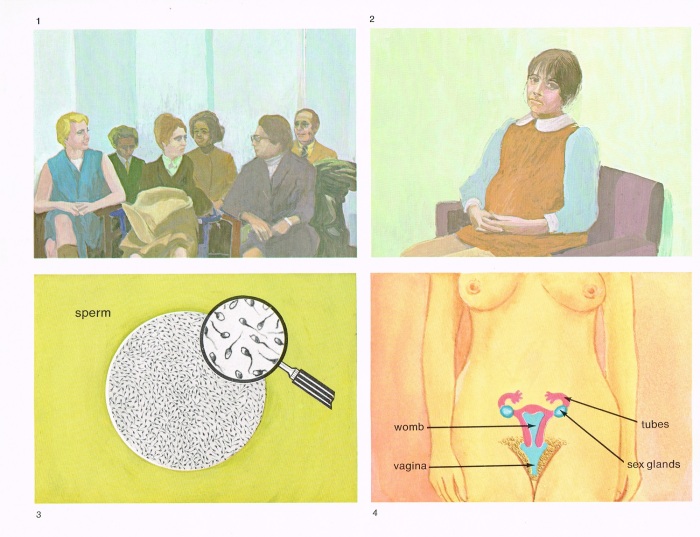
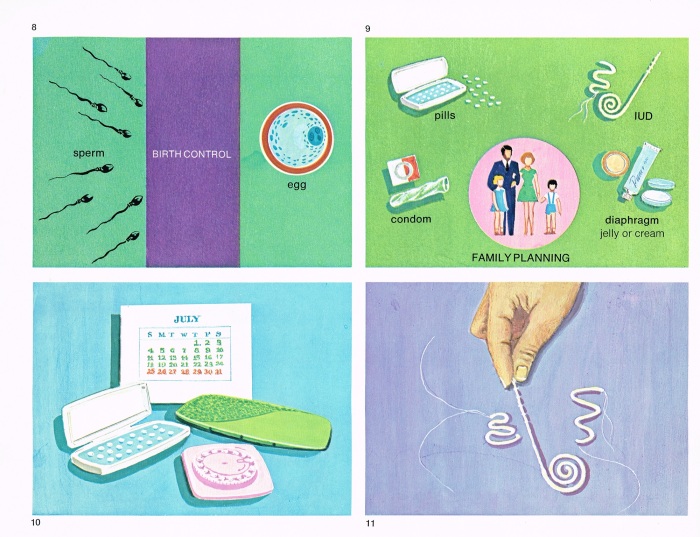
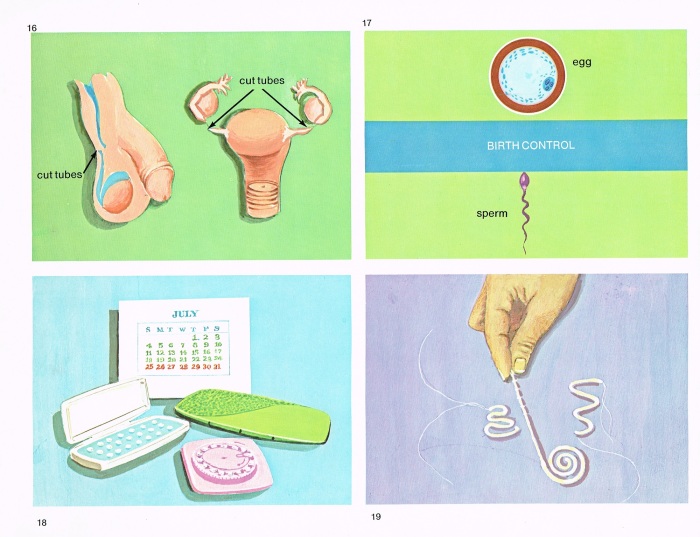
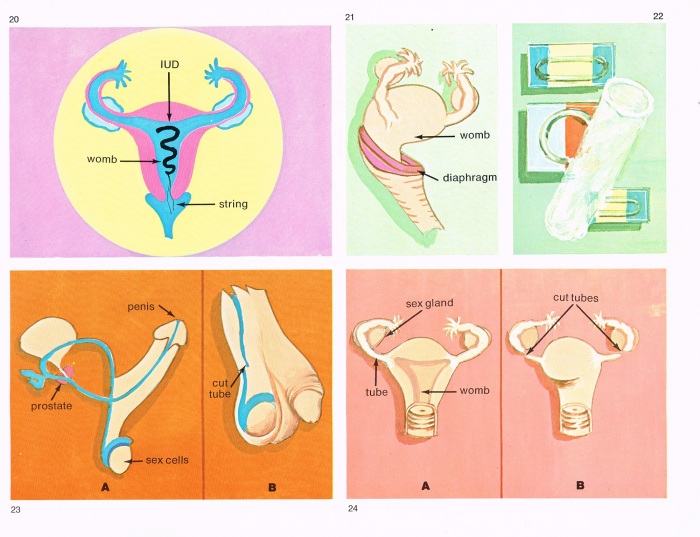




Pingback: The Love Bug: ‘How a Baby Is Made’, 1971